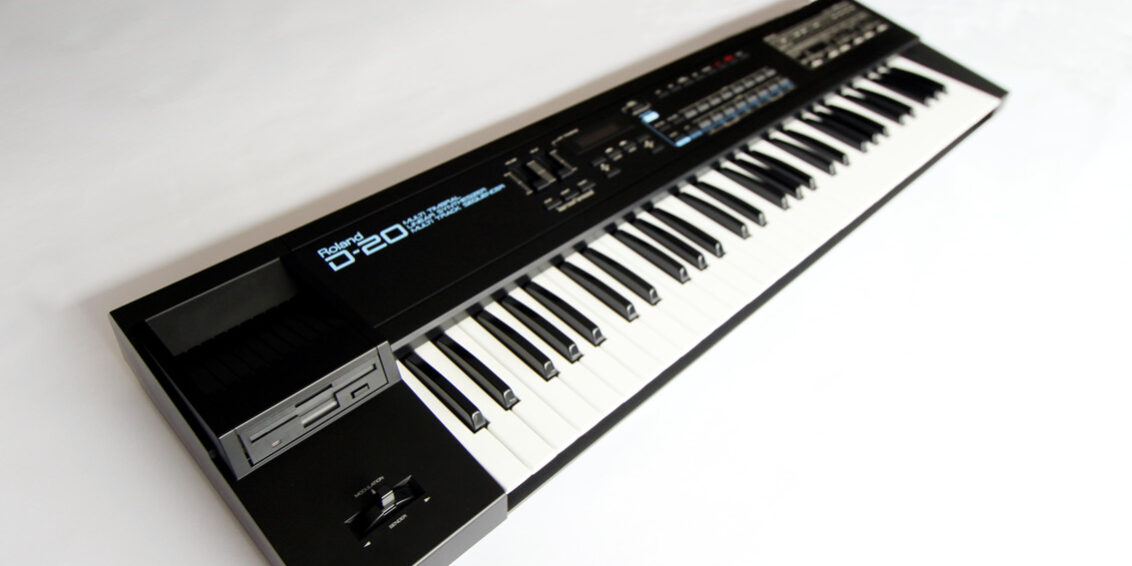WOLF retro DESIGN REVIEW. 19th June 2025
A retro review looks at products that are at least over ten years old from a present-day WOLF design perspective. While the technology and fashion of the period influence design, and are taken into consideration, great design ideas will transcend their eras to be timeless.
Interesting and factual information may be provided, but our review aims to deliver insight from the perspective of a designer’s mind and eyes.
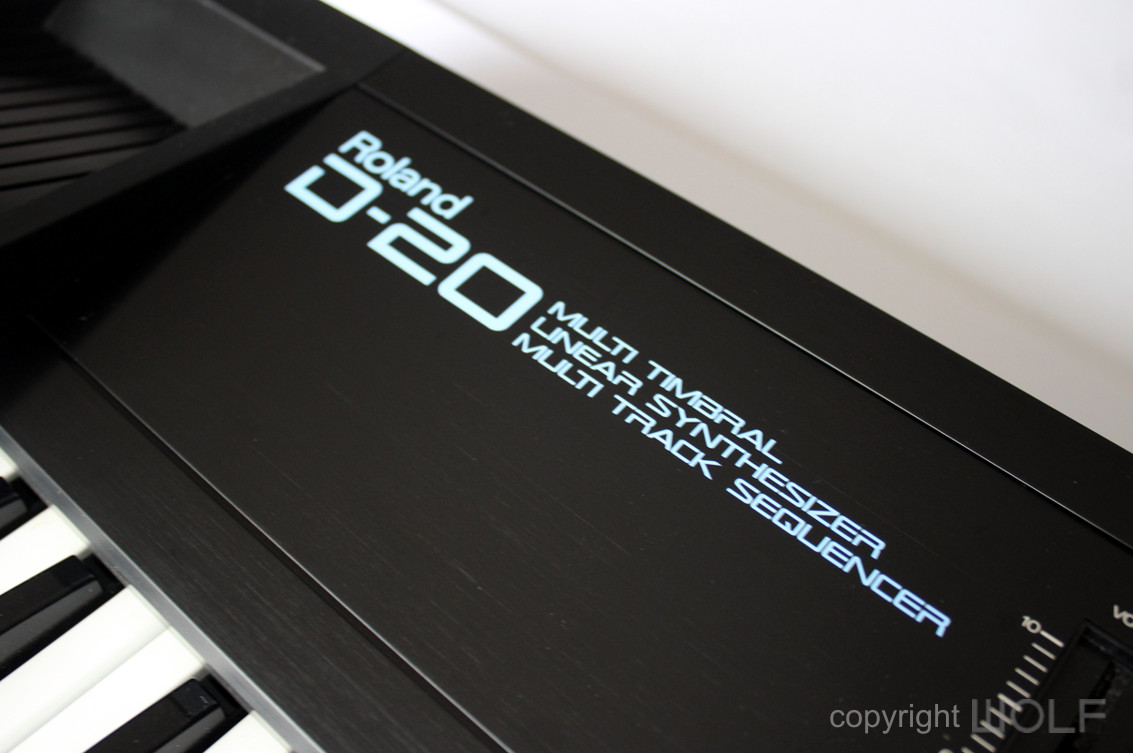
Was this a last-minute attempt to match KORG’s M1?
Introduction
Product Focus
As with many of our reviews, the focus here is on the design and its evolution within the keyboard industry. This is not a technical deep-dive into sound engines or programming, but rather an appreciation of form, historical context and overlooked value.
Product Overview
Released in 1988, the Roland D-20 was part of the follow-up generation to the iconic D-50. Officially titled a Multi-Timbral Linear Synthesizer and Multi-Track Sequencer, the D-20 was Roland’s first true workstation, an ambitious combination of synthesizer, sequencer and disk-based storage all in one.
Price & Market Positioning
Despite these advanced features, the D-20 was marketed as a more affordable sibling to the D-50. Priced lower, it was seen as a junior model which was somewhat paradoxically, since it included advancements like a built-in sequencer and a 3.5-inch floppy disk drive that the flagship D-50 lacked.
Additional information
1988 was a defining year for the synth market. While Roland was refining its D-series, Korg leapt ahead with the revolutionary M1, reshaping what musicians expected from a workstation. The D-20 was Roland’s response, but it struggled to match the M1’s sonic wow factor.
Roland also released the D-10 alongside the D-20 (essentially a version without sequencer or disk drive) and a year later, the even more basic D-5. This created a family of models, though none would achieve the cult status of the D-50.
Review
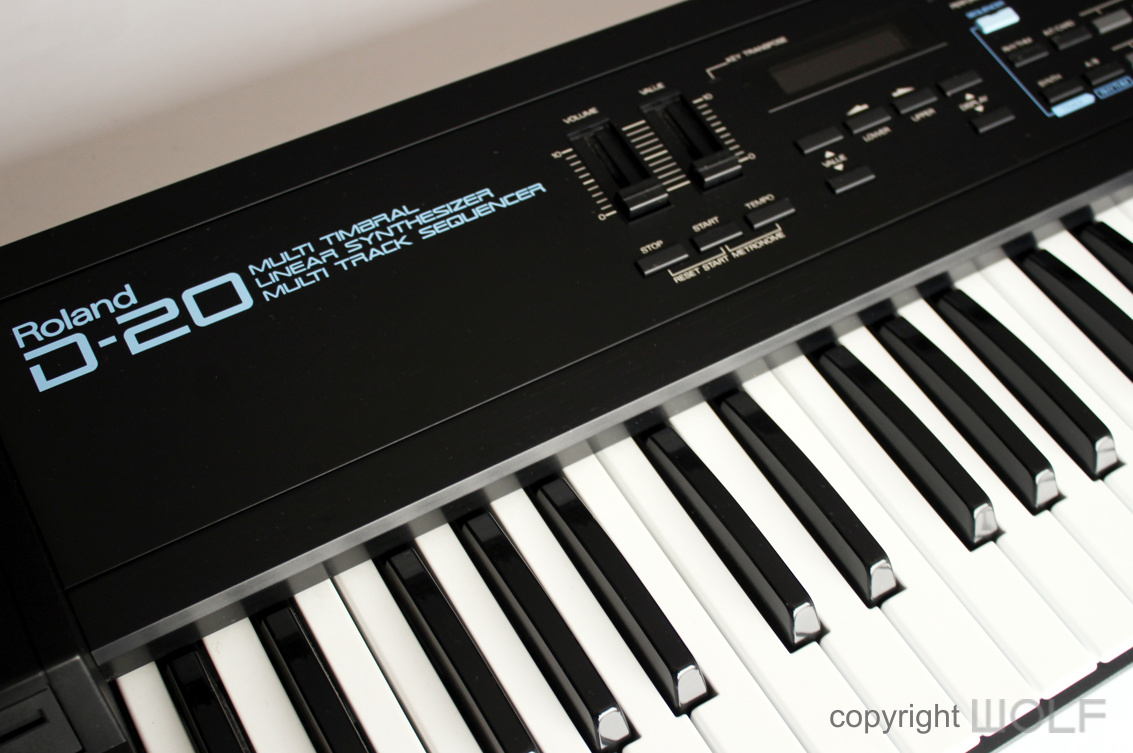
Simple and basic?
First impressions / Delight
At first glance, the D-20 resembles a simplified D-50, visually minimal and functionally modest. The most distinctive design element is the protruding 3.5-inch disk drive on the left, which interrupts the symmetry of the front panel. It evokes memories of early E-mu samplers with their clunky 5.25-inch drives.
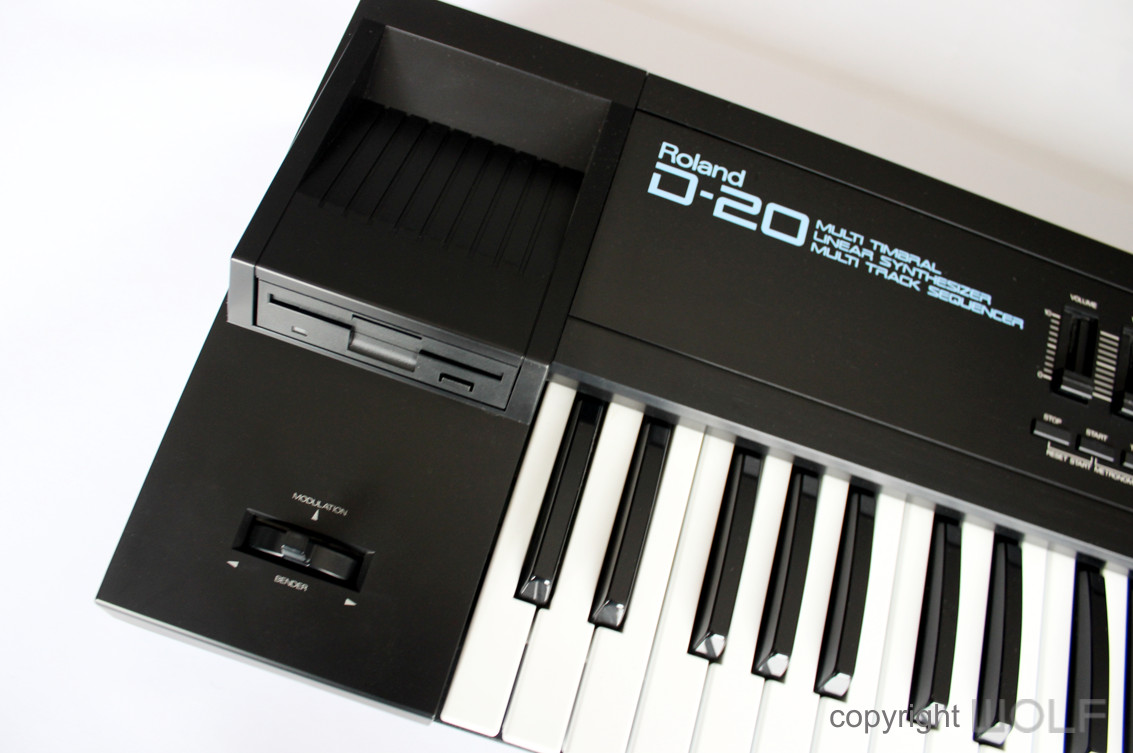
Exterior Design Review
The D-20’s aesthetic is practical and subdued. It retains the black finish with baby blue and white screen-printed text, consistent with Roland’s late-80s styling. The chassis is mostly flat with a slight bevel toward the rear. The prominent disk drive may have been intentionally emphasized to highlight its futuristic appeal at the time.
Aside from Yamaha’s DX7IIFD, very few synthesizers of the era featured this now-ubiquitous disk format.
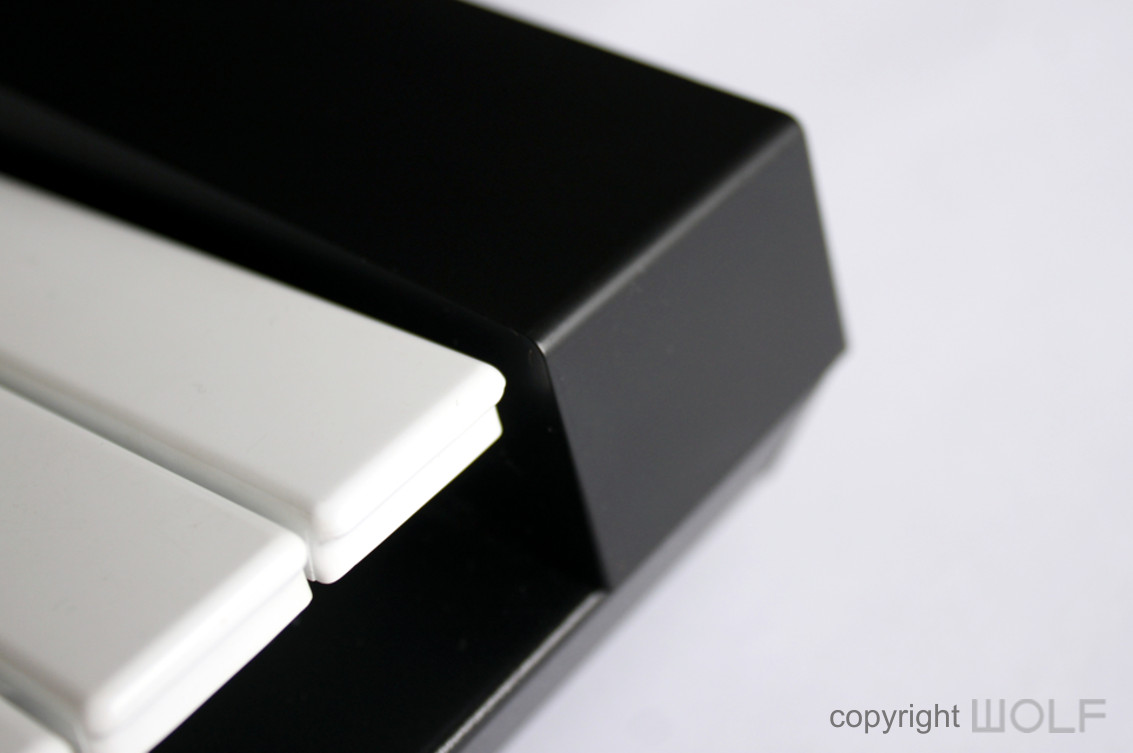
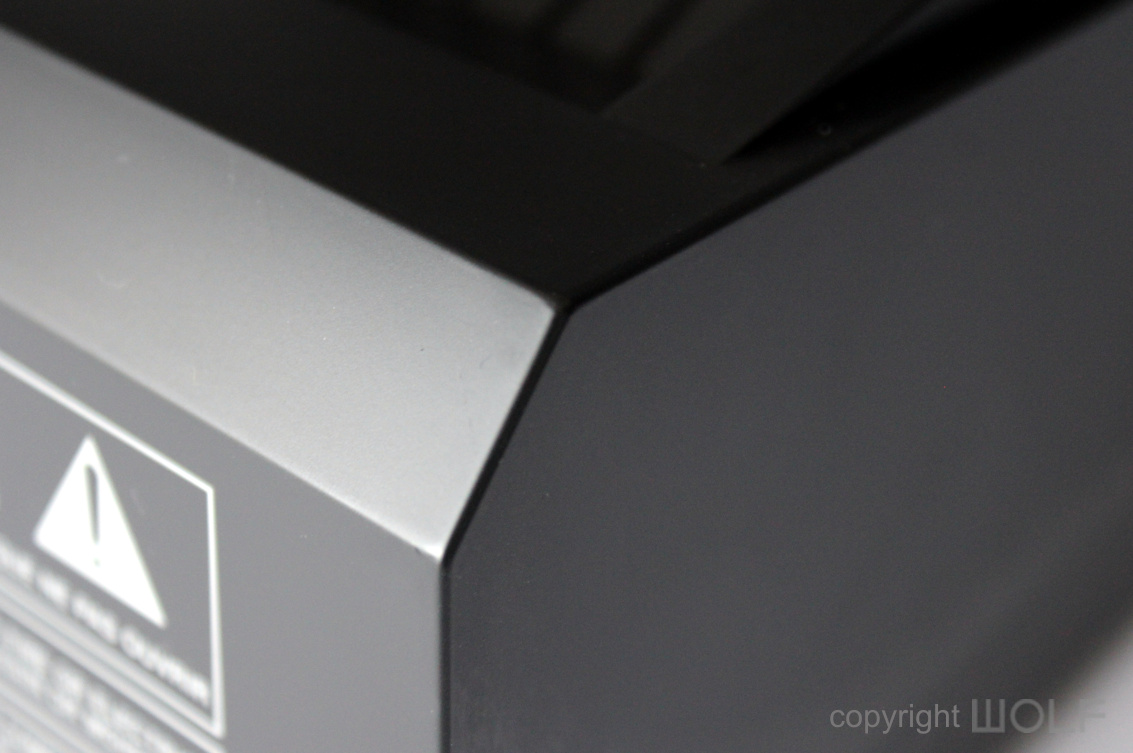
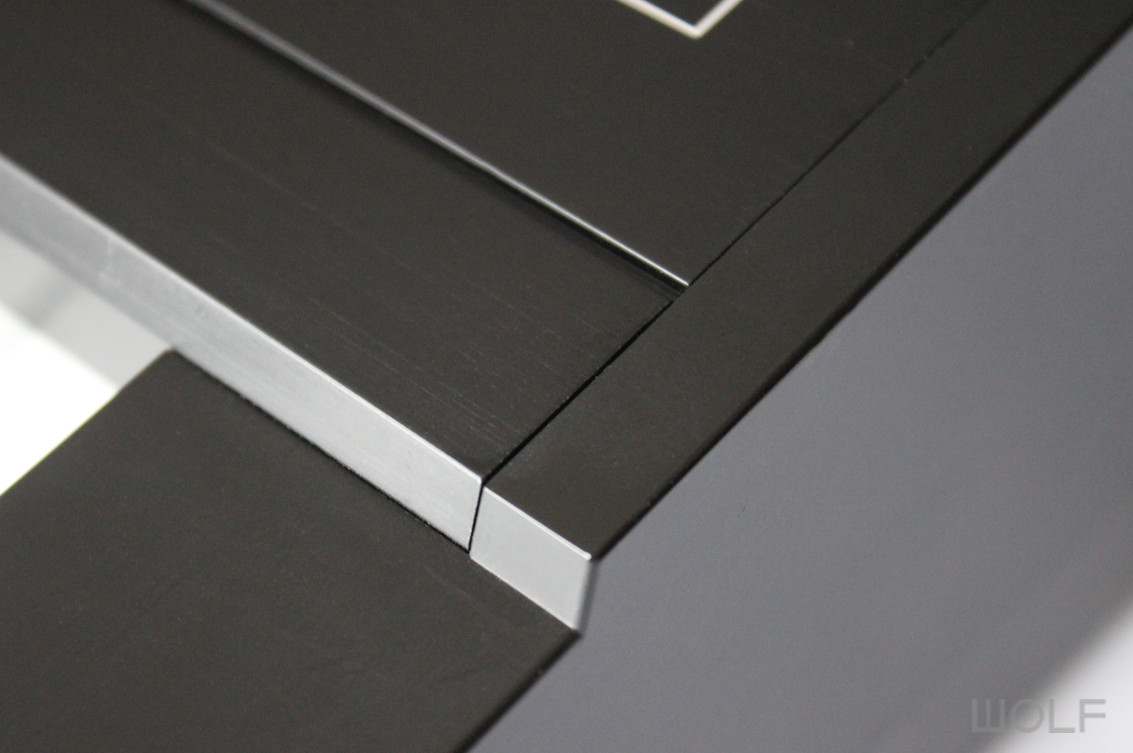
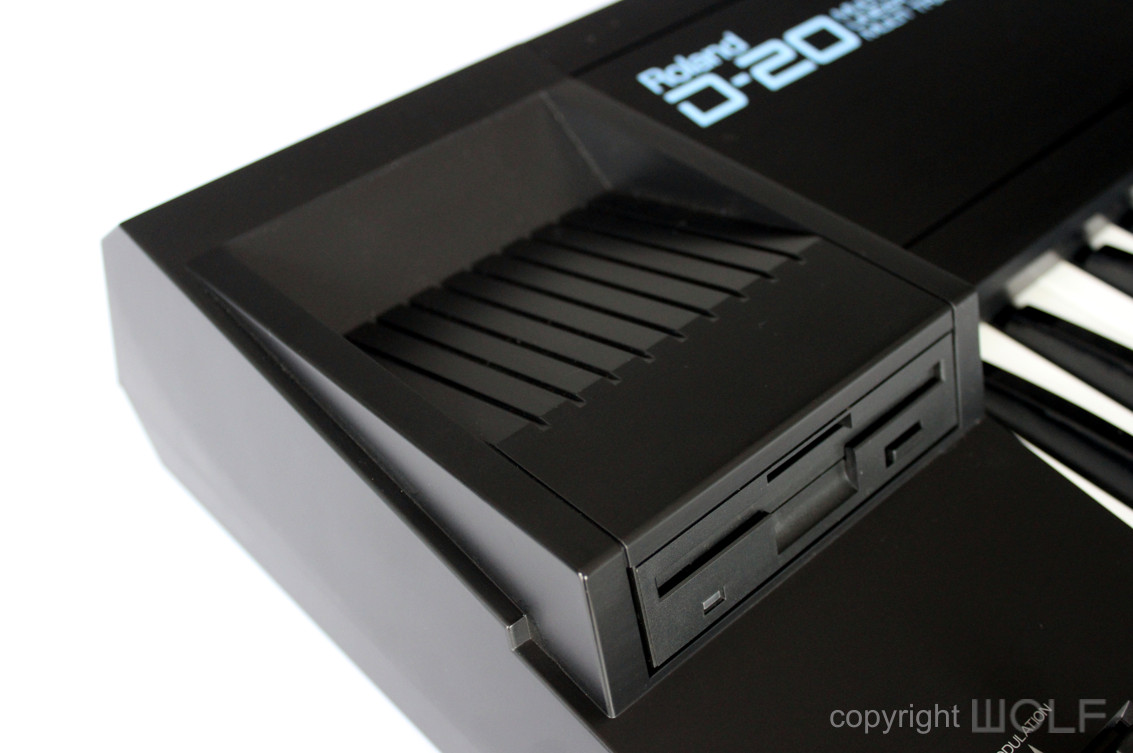

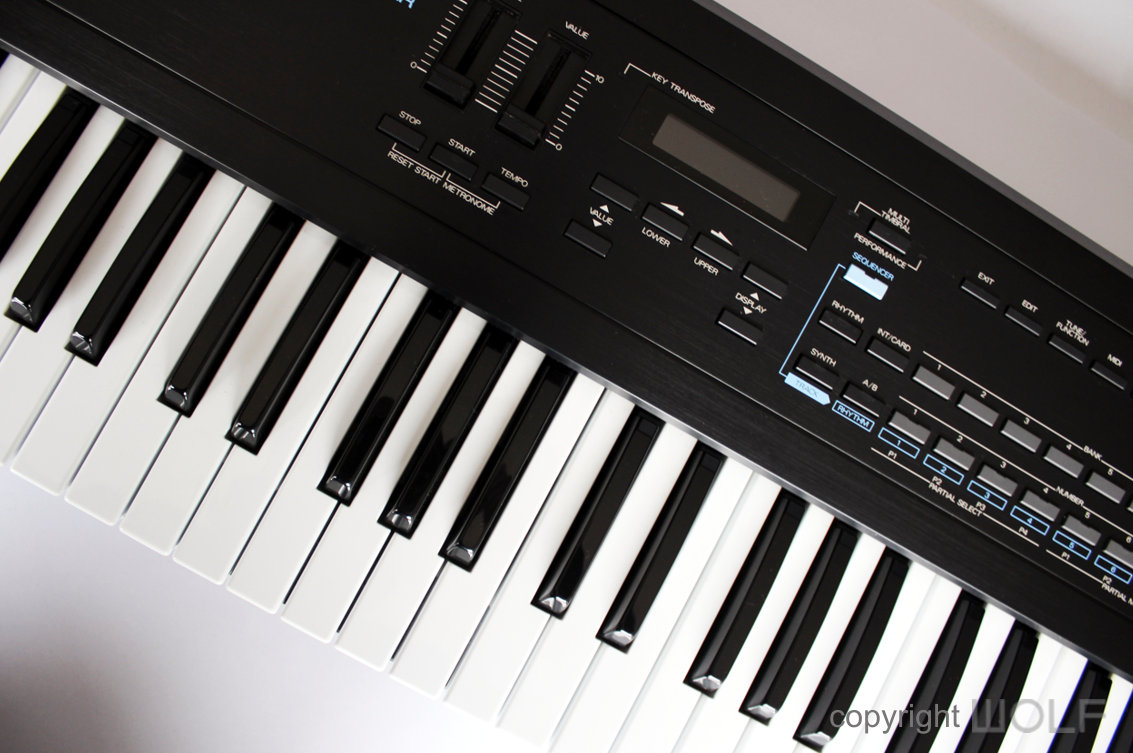
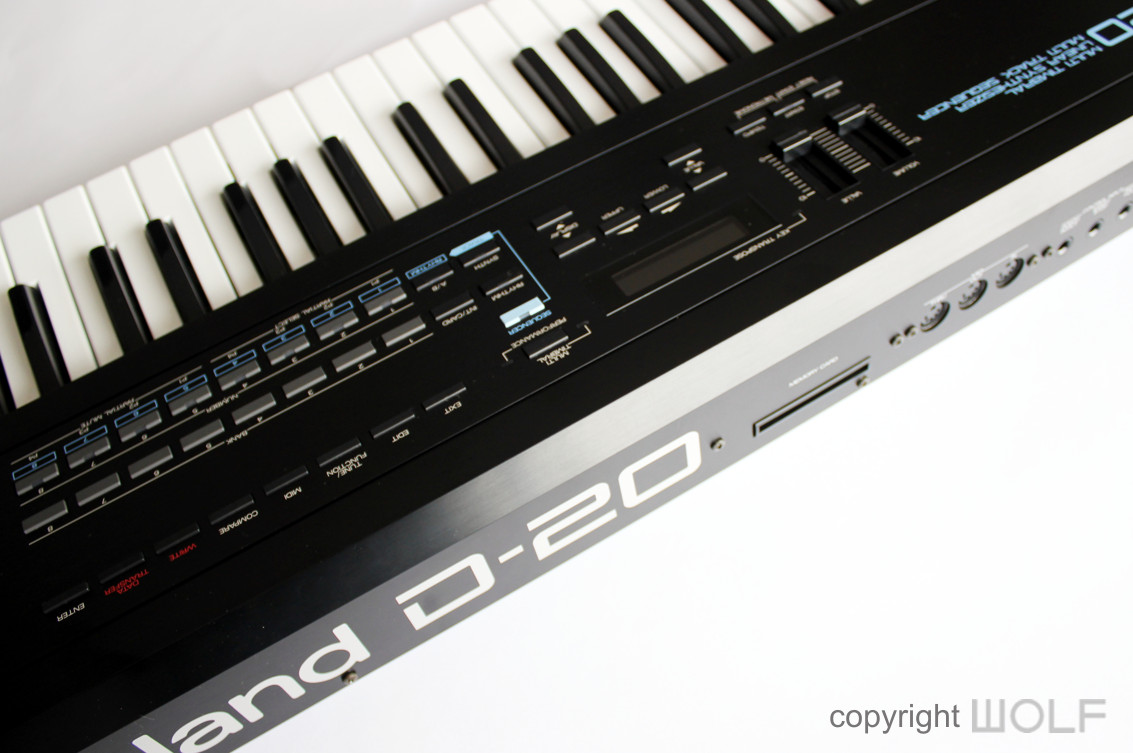
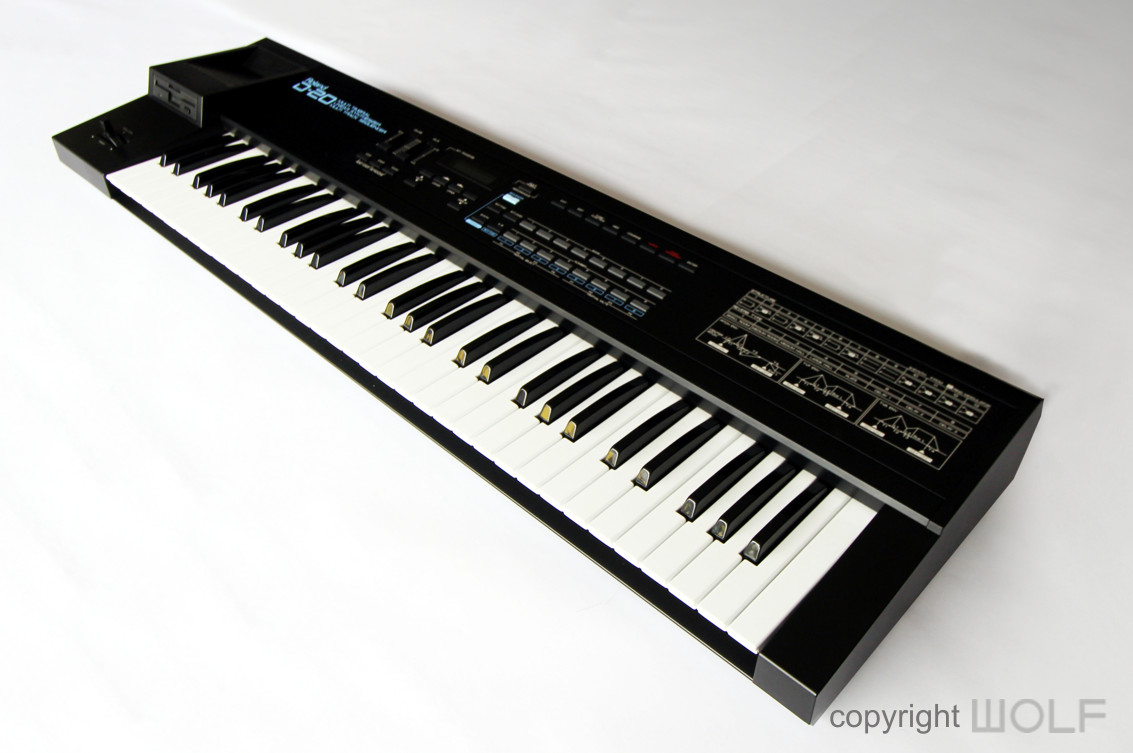
Craftsmanship & Build
The D-20 is constructed in typical style that stems back to the S-50 sampler, with a brushed black metal face-plate and plastic end caps. The materials feel solid and functional. The brushed metal adds a touch of sophistication, subtly contrasting with the matte plastic trim. It’s not luxurious, but it is intended to last.
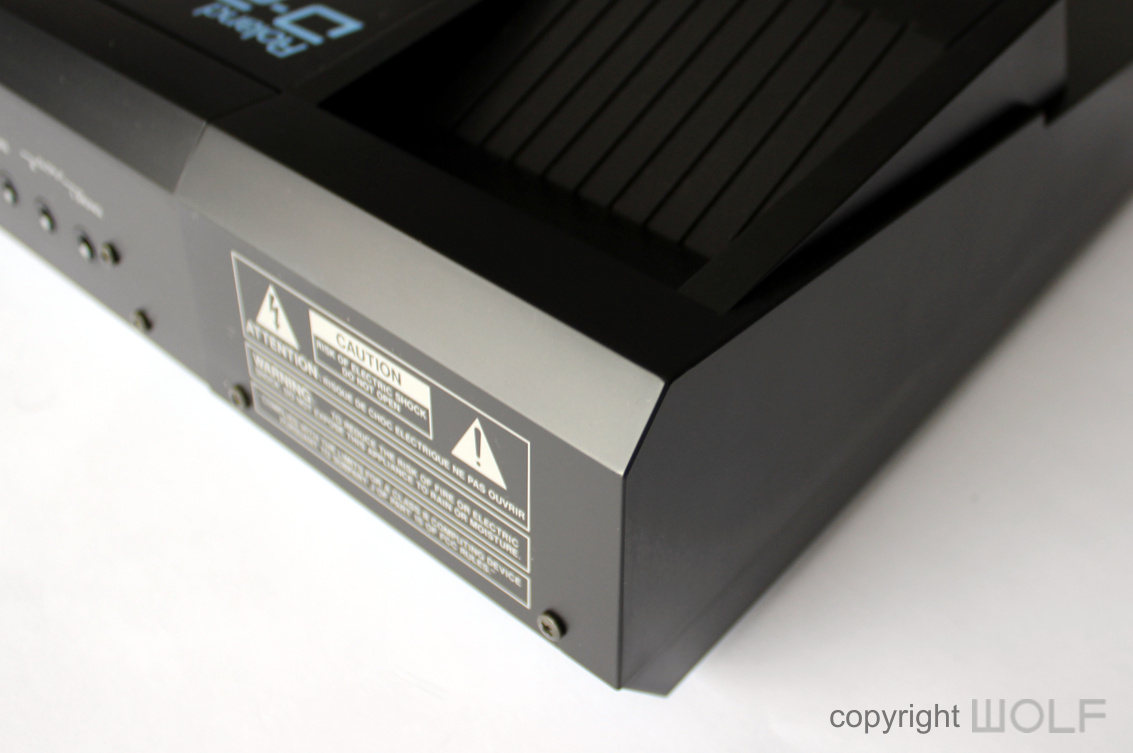
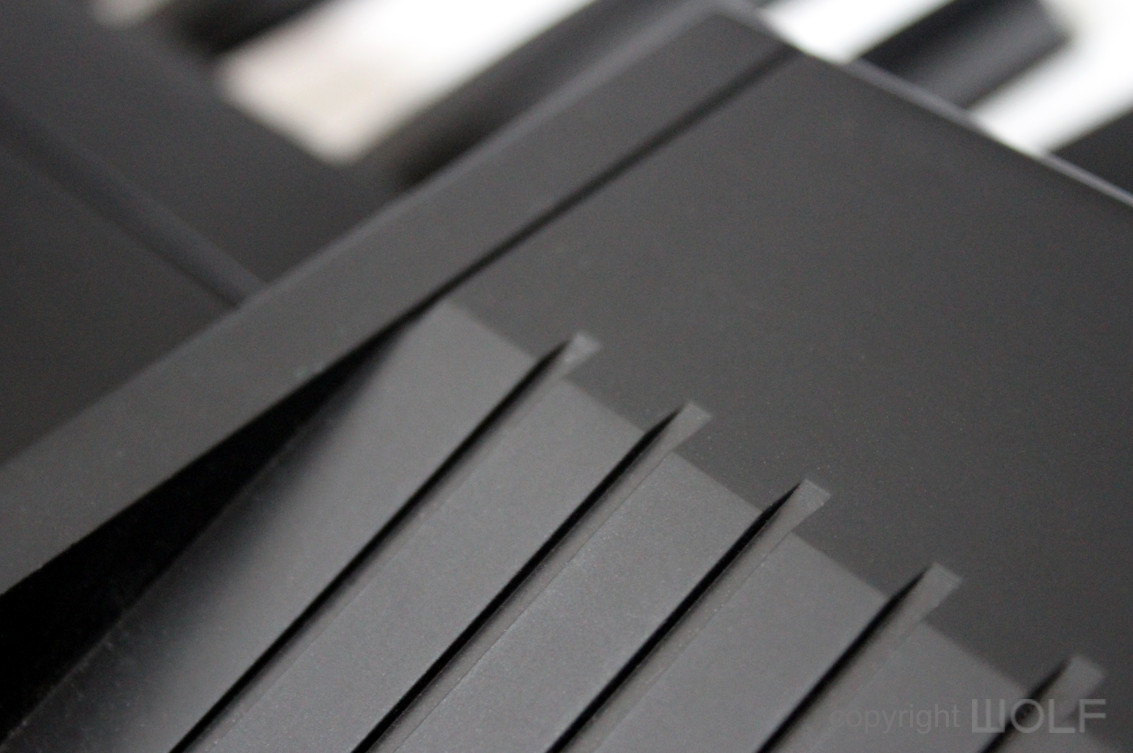
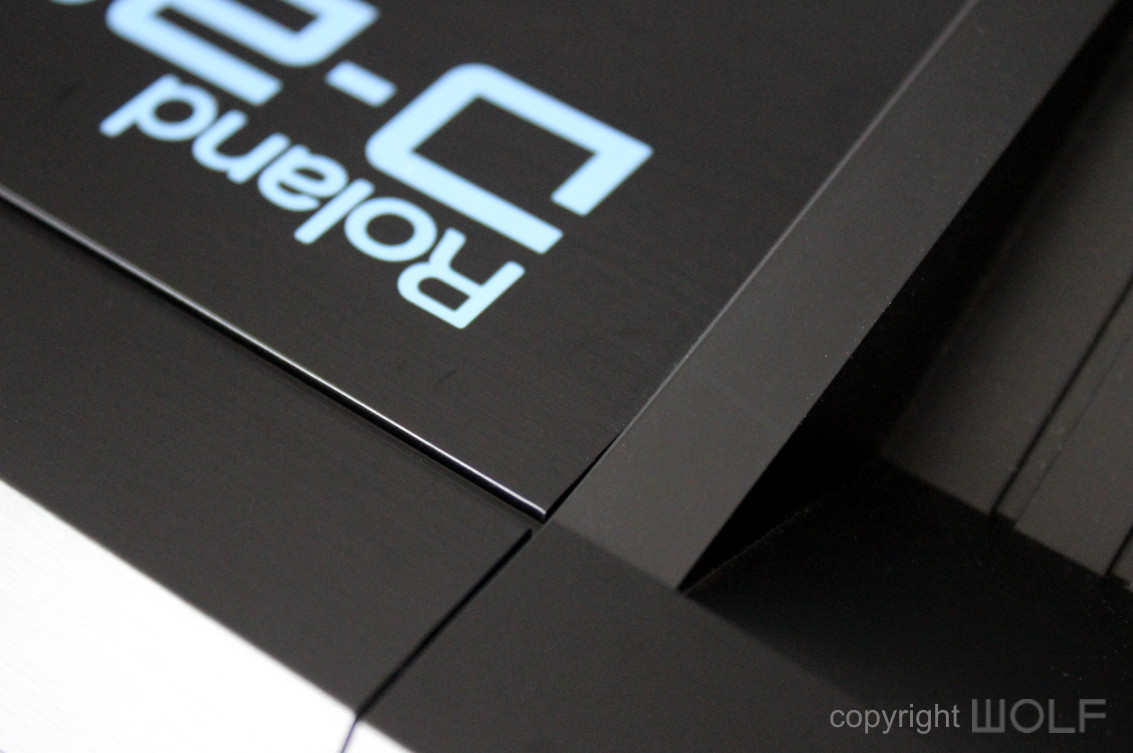
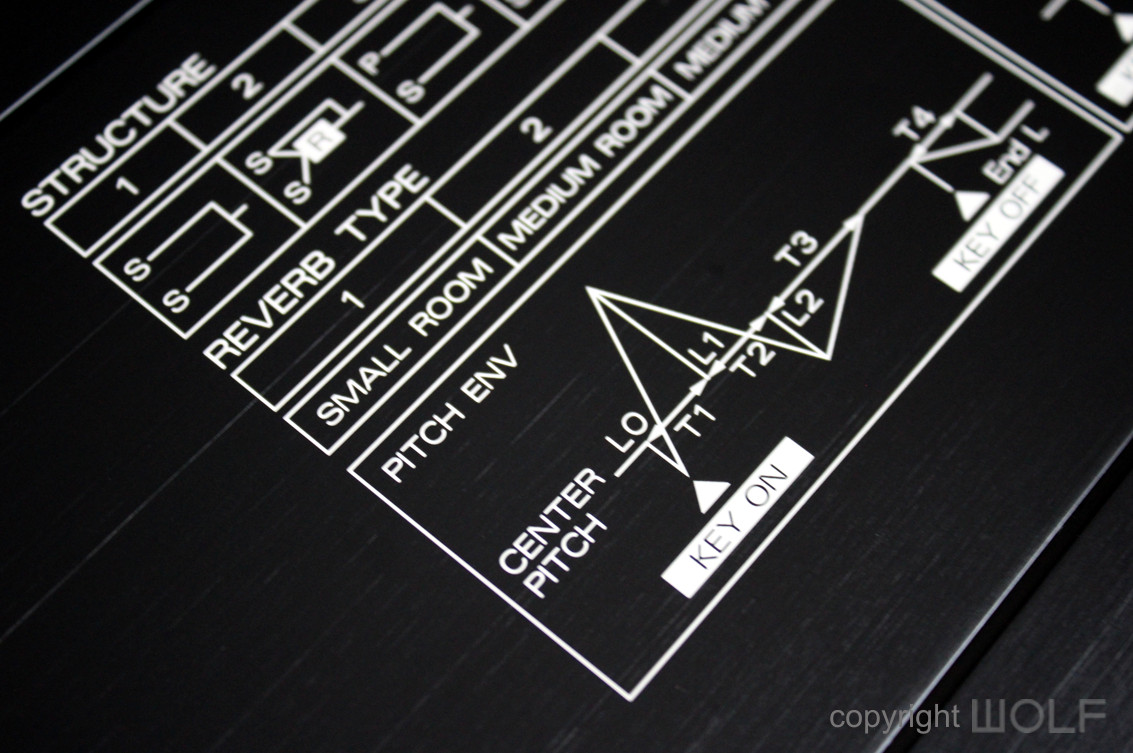
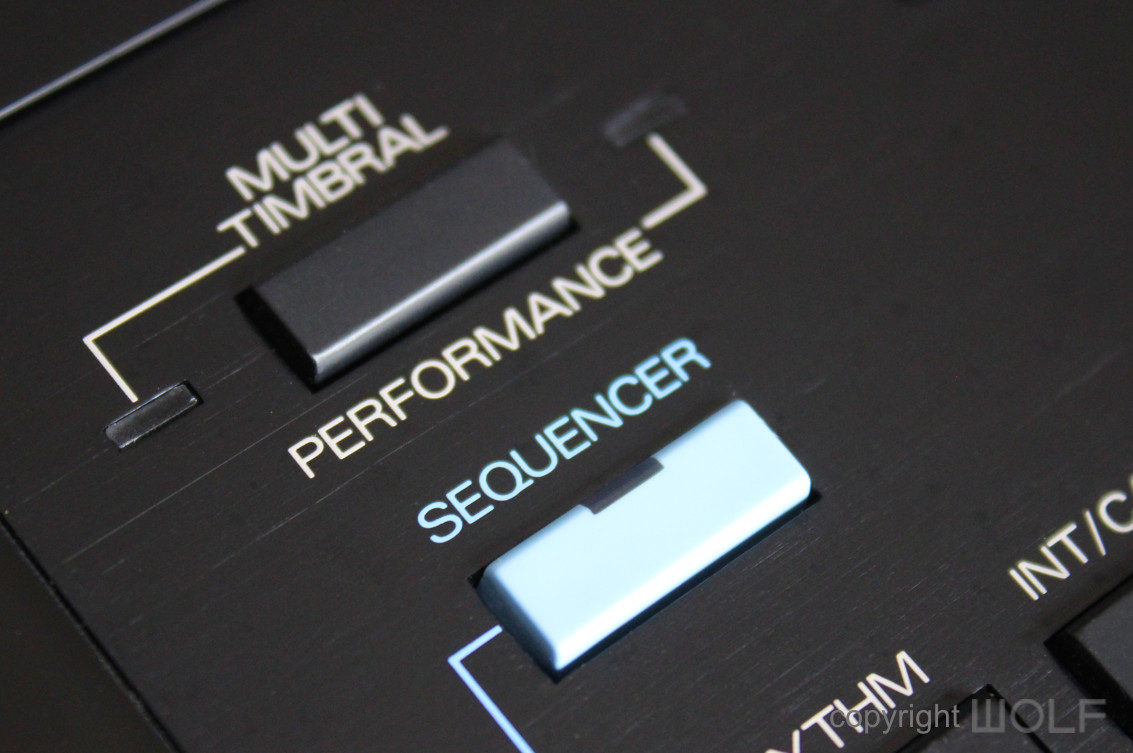
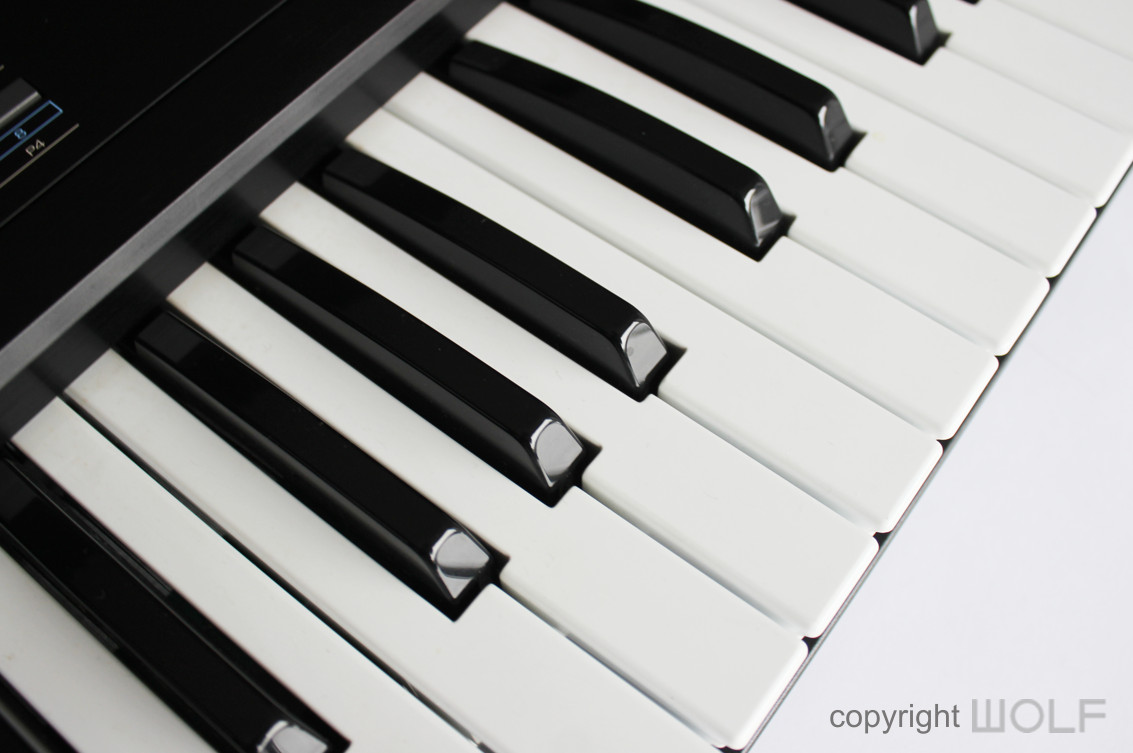
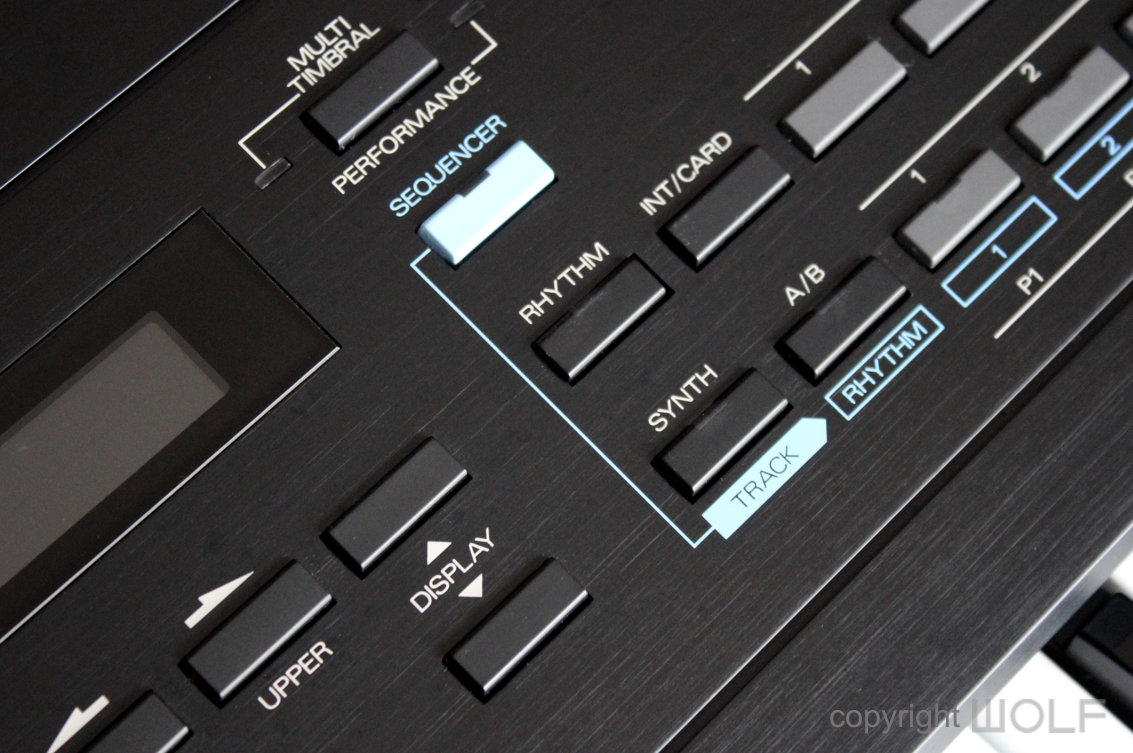
FUNCTION- Experience.
The control panel is well-organized and intuitive, making the D-20 approachable even for beginners. Unlike the D-50, which had a unique recessed trench of buttons that encouraged finger gliding, the D-20 opts for a more traditional layout.
The LCD screen is small by workstation standards, particularly given that it’s responsible for handling sequencer data as well. The pitch bend/modulation lever is a slight evolution from the D-50’s, offering more grip and control. The disk drive housing is purpose-shaped for efficient disk insertion. A memory card slot at the rear likely saw limited use, given the disk drive’s practicality.

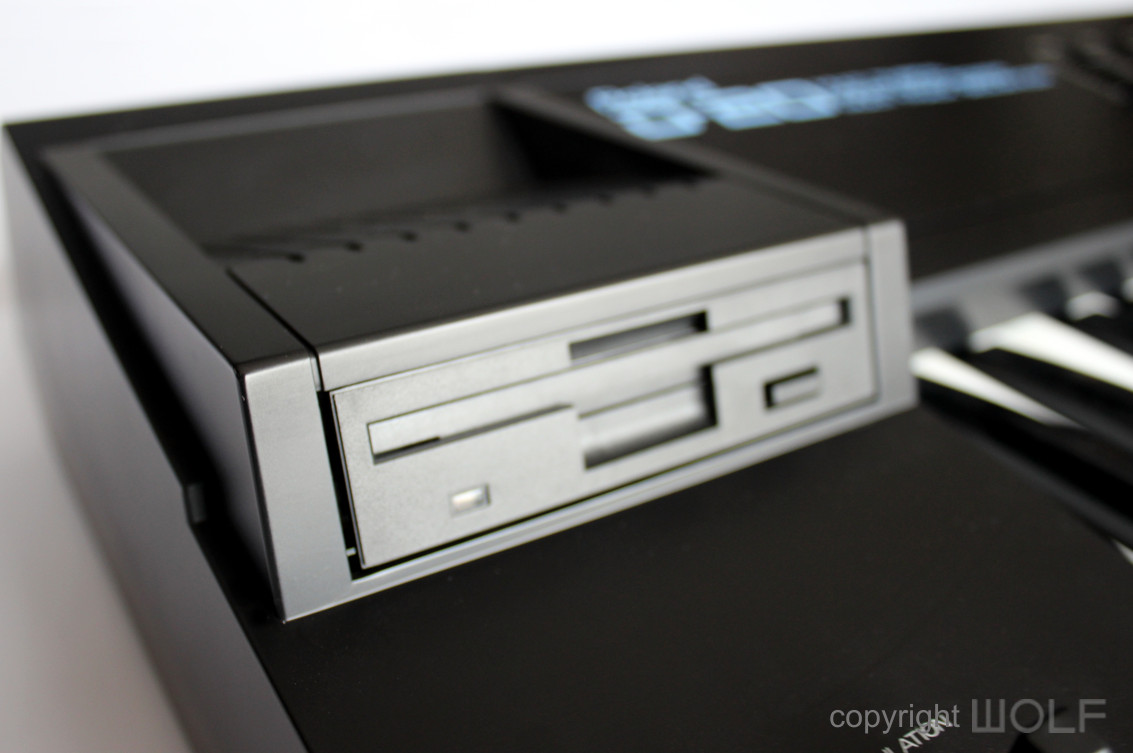
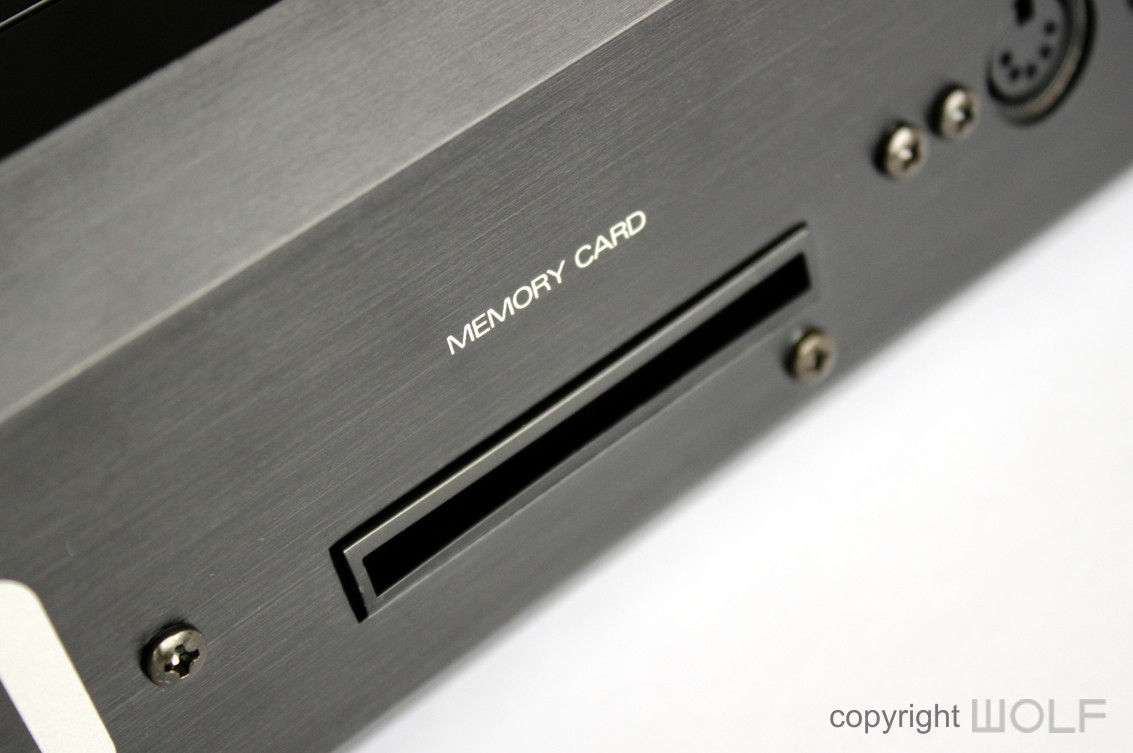
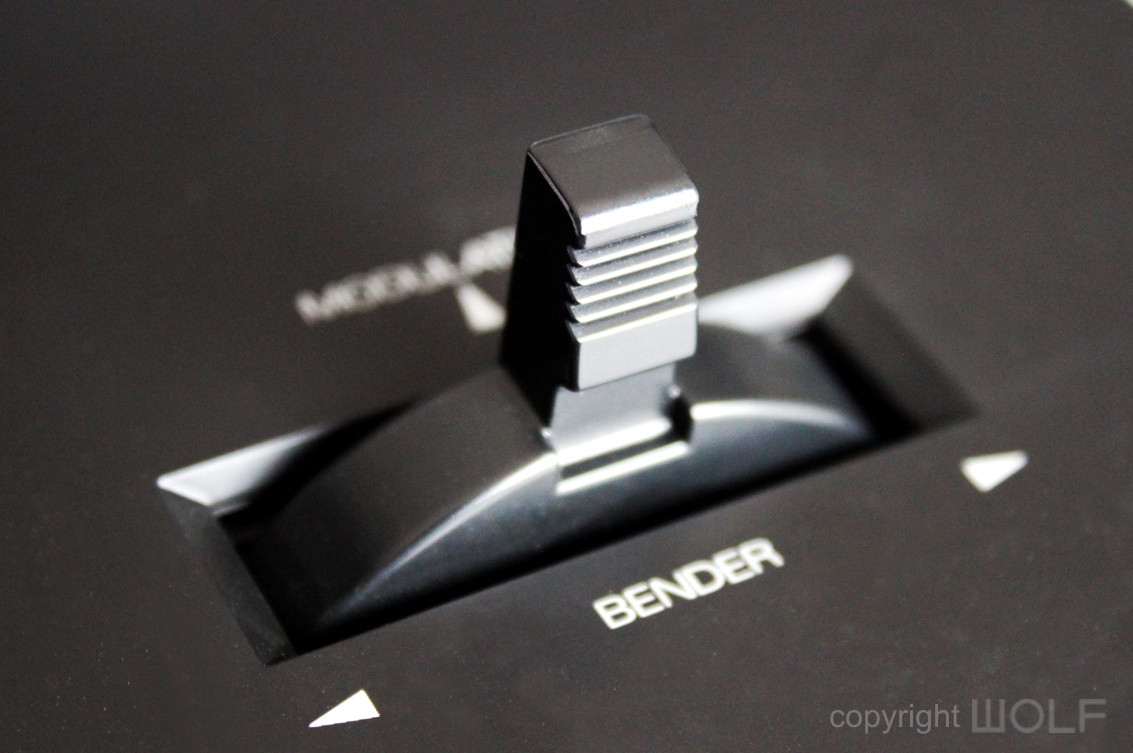
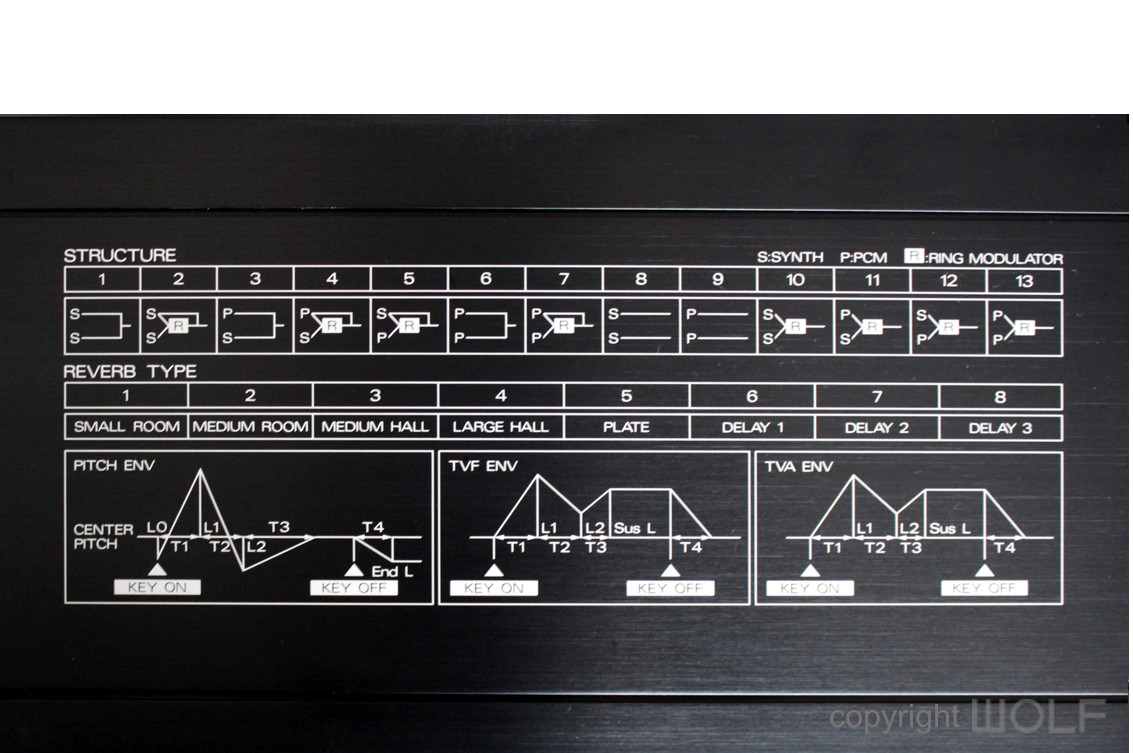
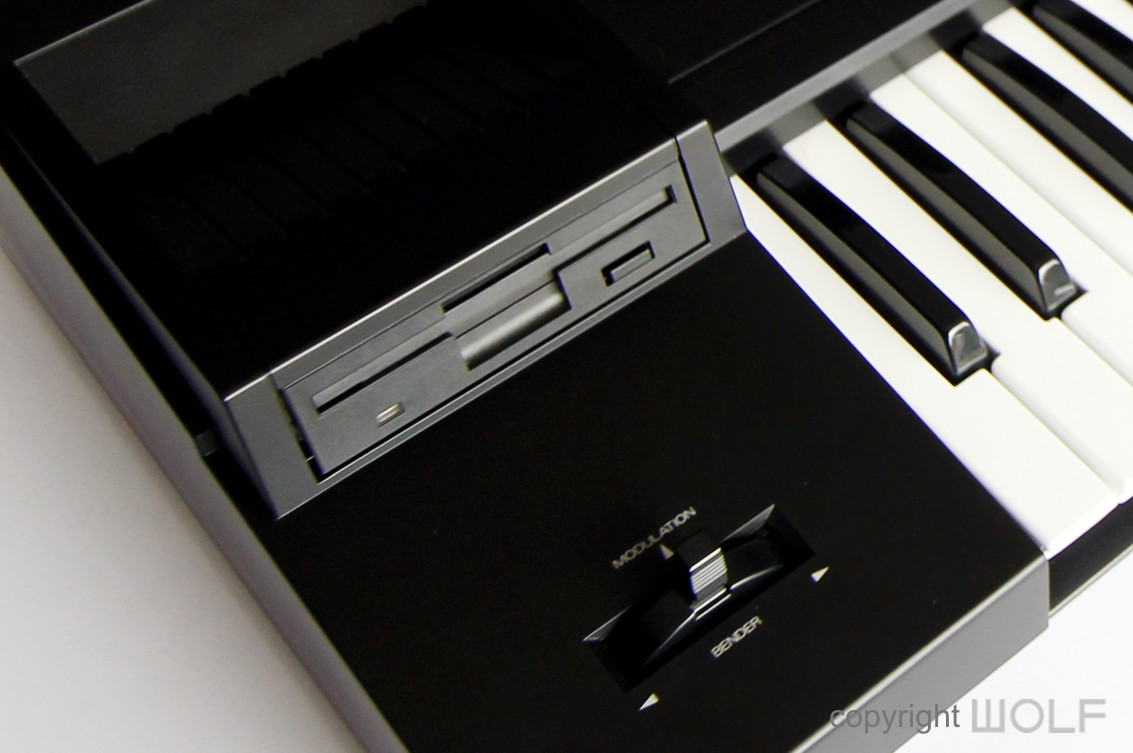
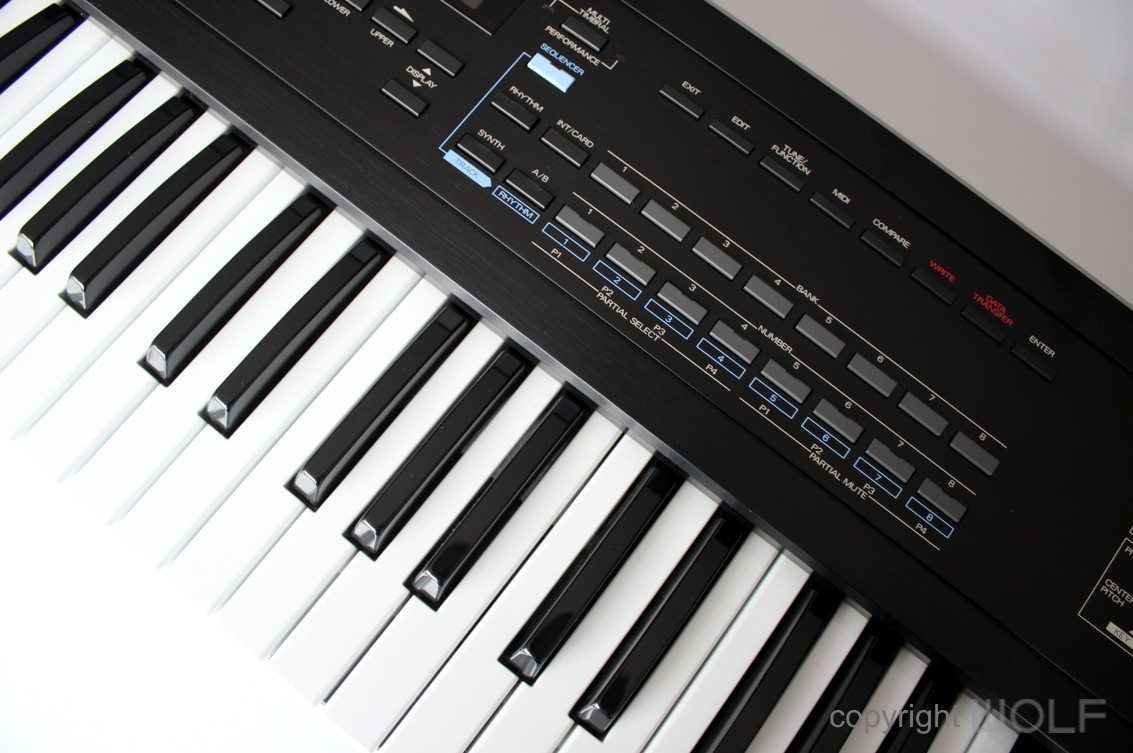
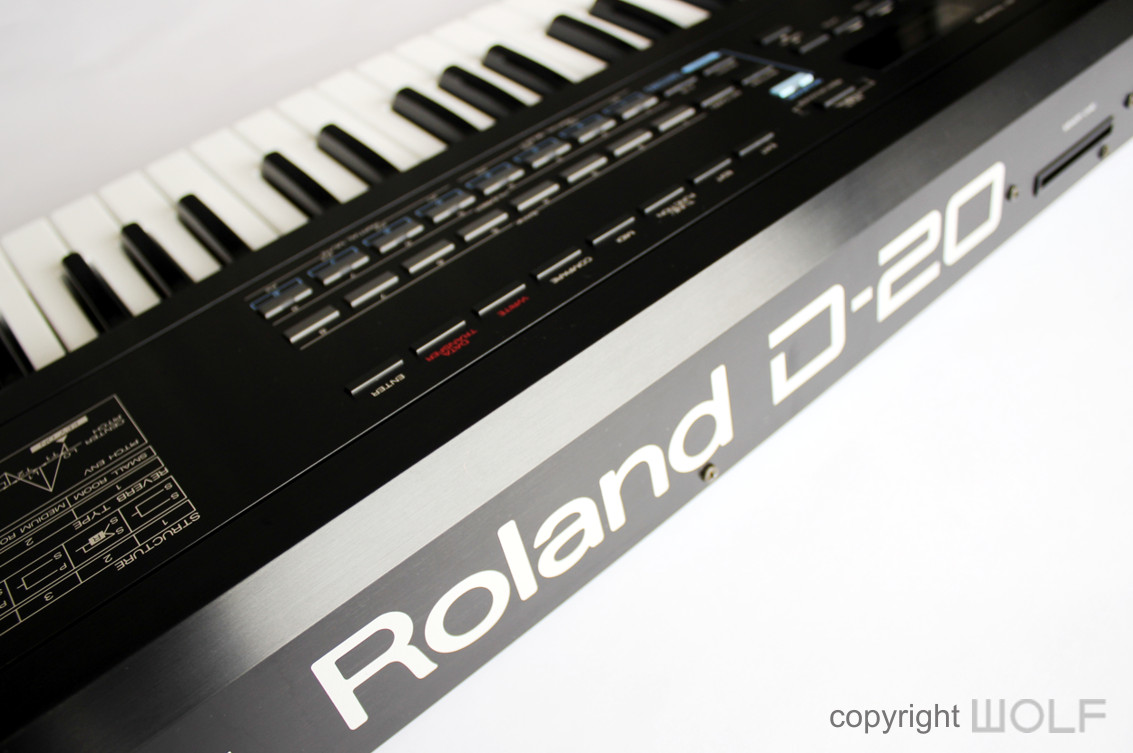
Desirability / Collectability
The D-20 is a forgotten but charming piece of synth history. As Roland’s first real workstation, it carries historical weight, yet it remains undervalued. Even mint-condition examples with original factory cases rarely fetch more than $200 USD.
For Roland enthusiasts and D-50 fans in particular this presents a unique opportunity. You can collect the entire D-series family (D-50, D-10, D-20, and D-5) without breaking the bank. The D-20 stands out as the only one with built-in sequencing and disk support.
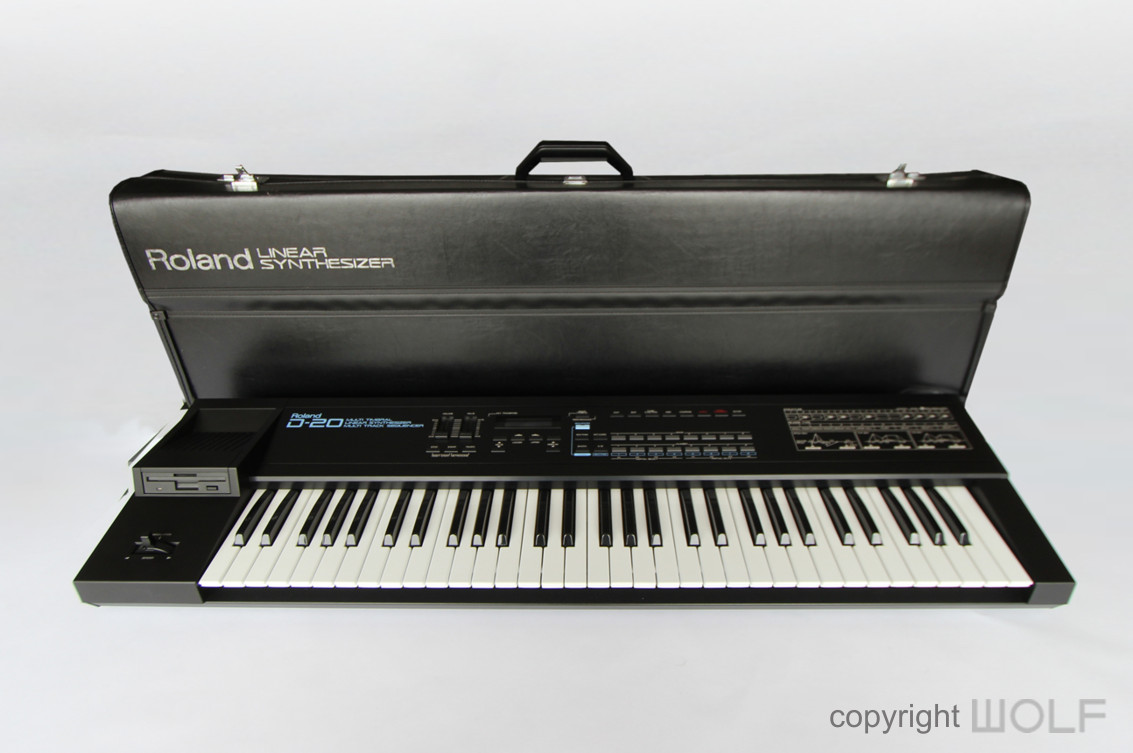
The semi hard case is nicely conceived and feels like an evolution of the original brown Yamaha DX7 case.
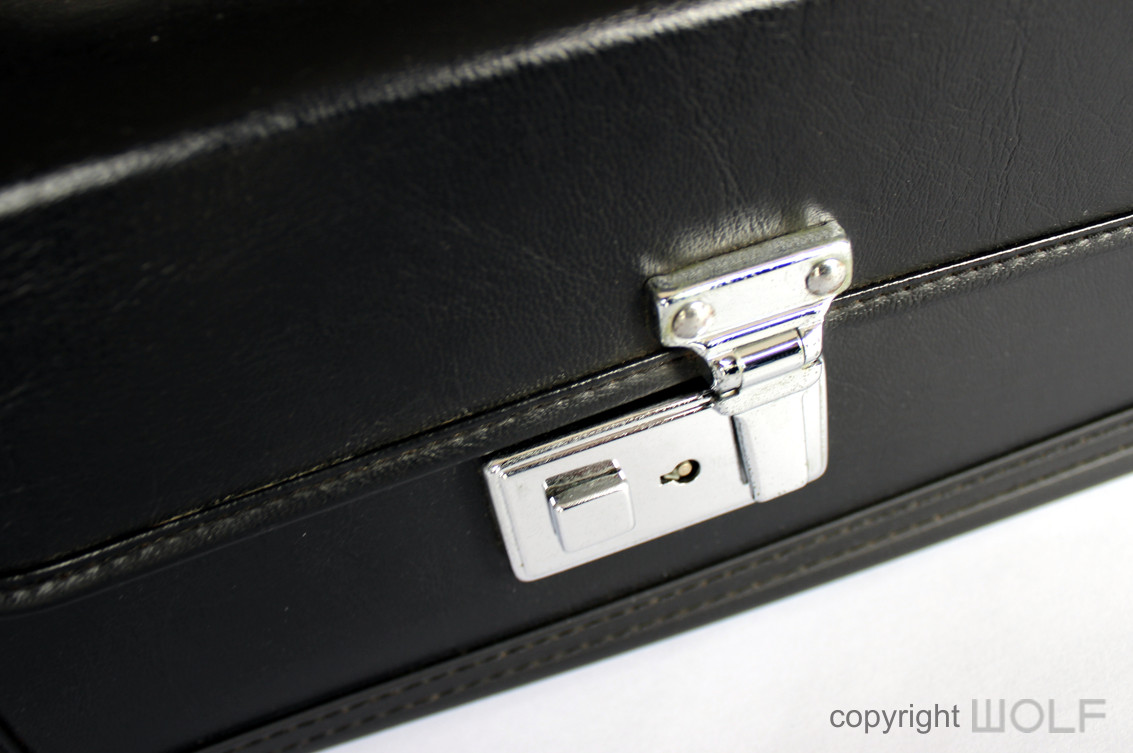
The case was known as the SHC-1 and was Roland’s first semi hard case.
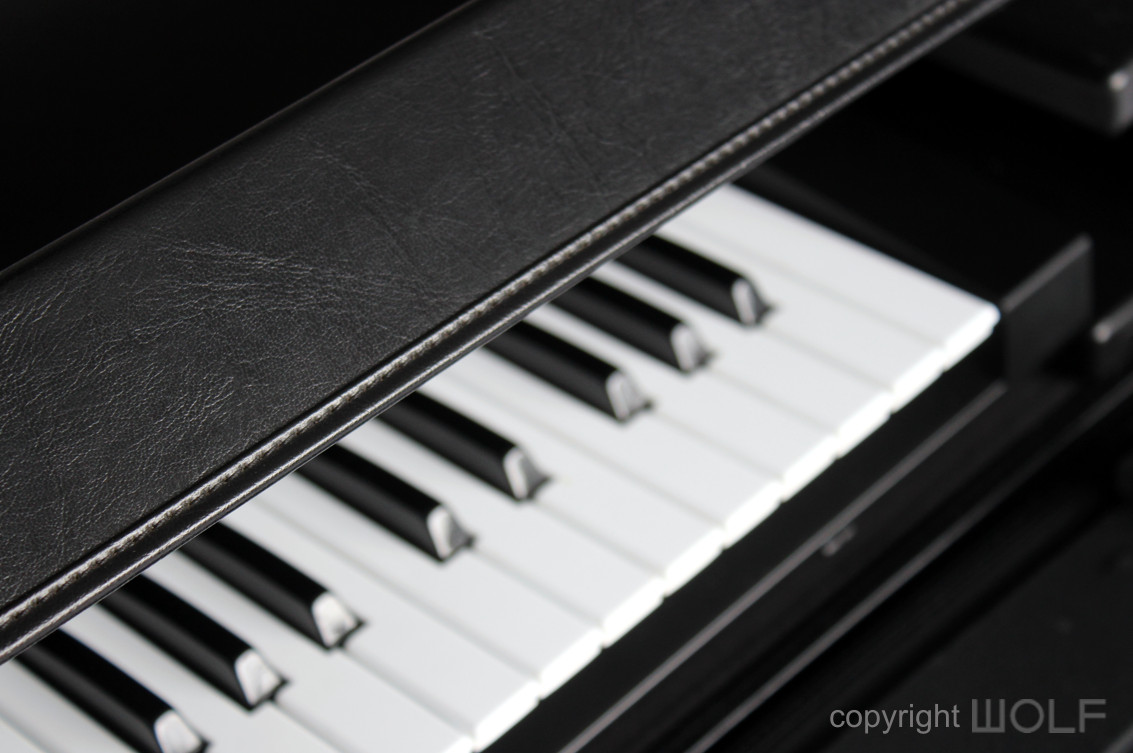
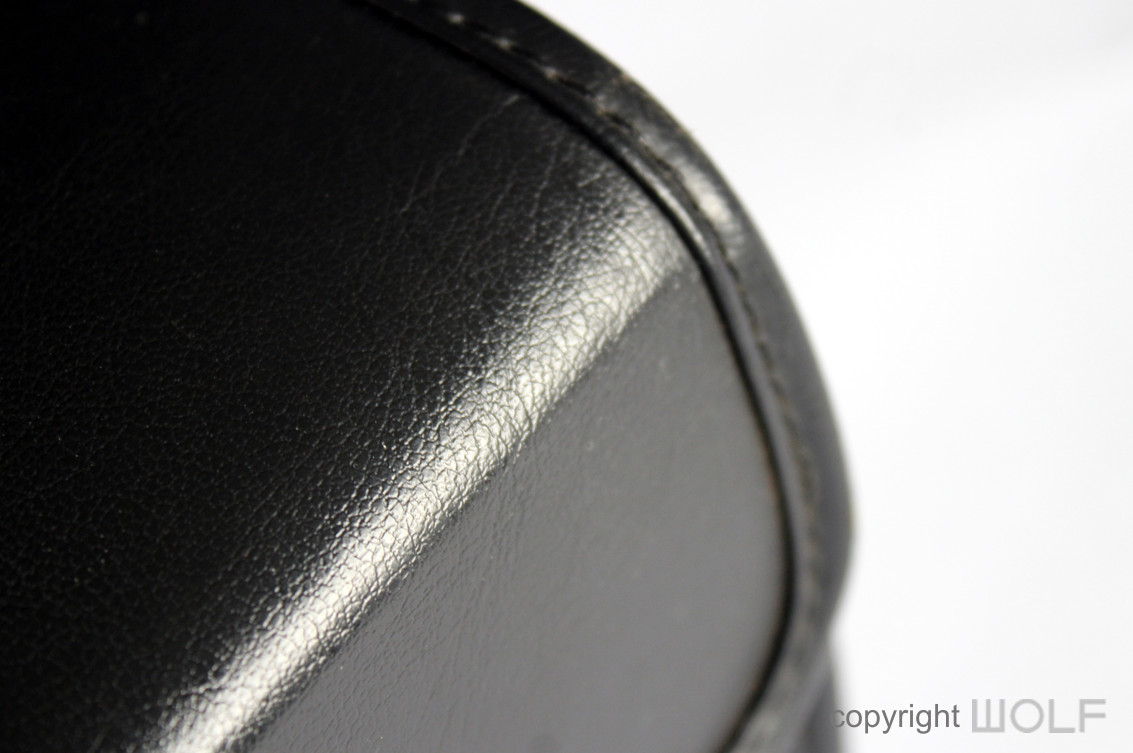
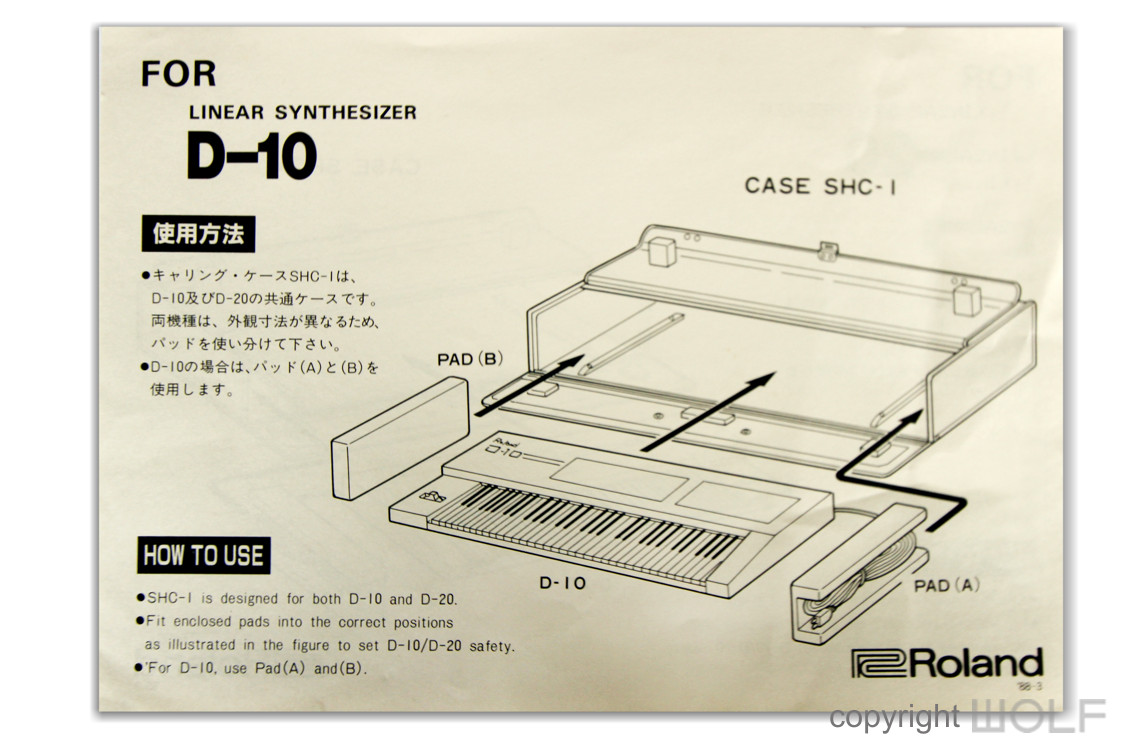
Instructions that came with the case.
WORD OF THE WOLF
But then again, you may wonder why it’s remained so undervalued. It has always existed in the shadows by being lesser in prestige, sound, and allure.
It almost feels like Roland started designing a budget version of the D-50, then noticed the M1’s sudden success, and hastily added a sequencer and disk drive to compete. One could argue that Roland should have simply updated the D-50 to include those features, now that would have been a worthy rival to the M1.
Still, the D-20 remains a curious and charming footnote in synth history being clever, capable, and consistently overlooked.
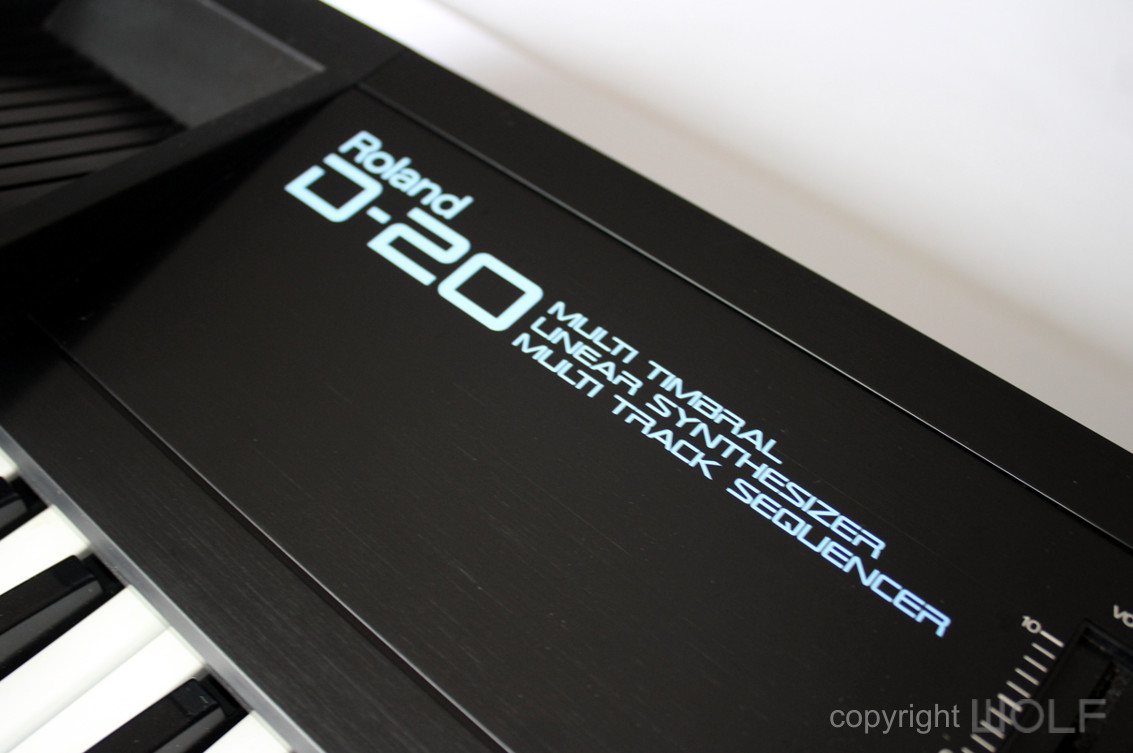
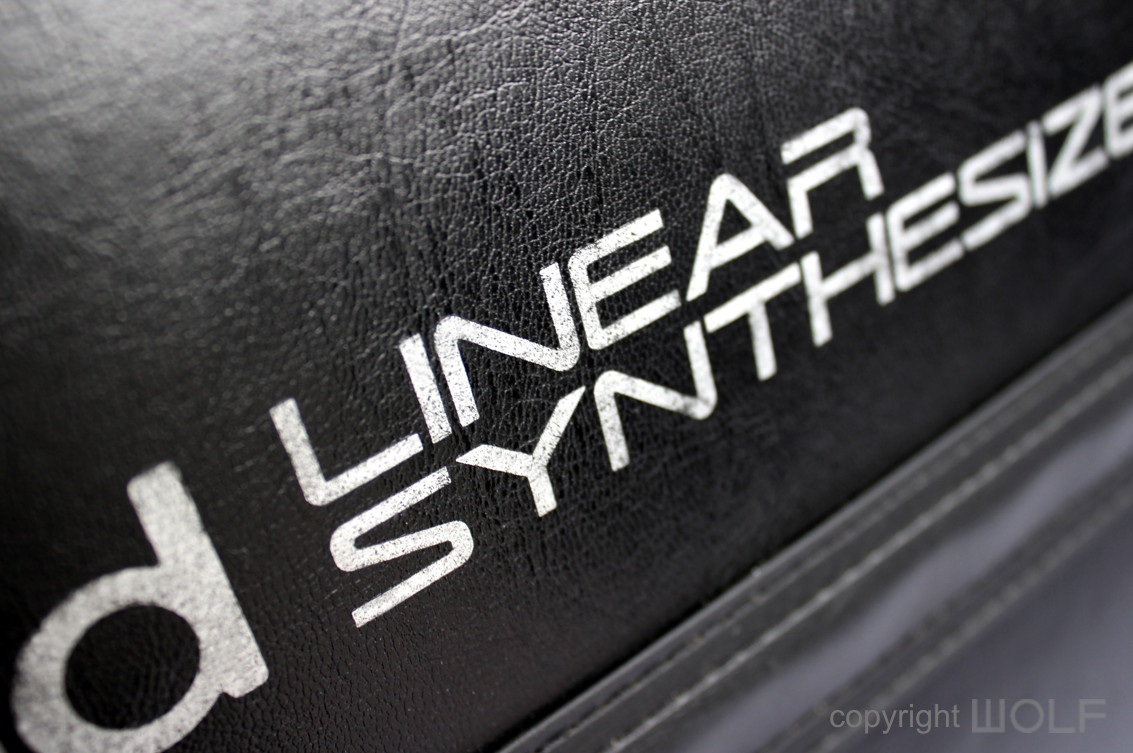
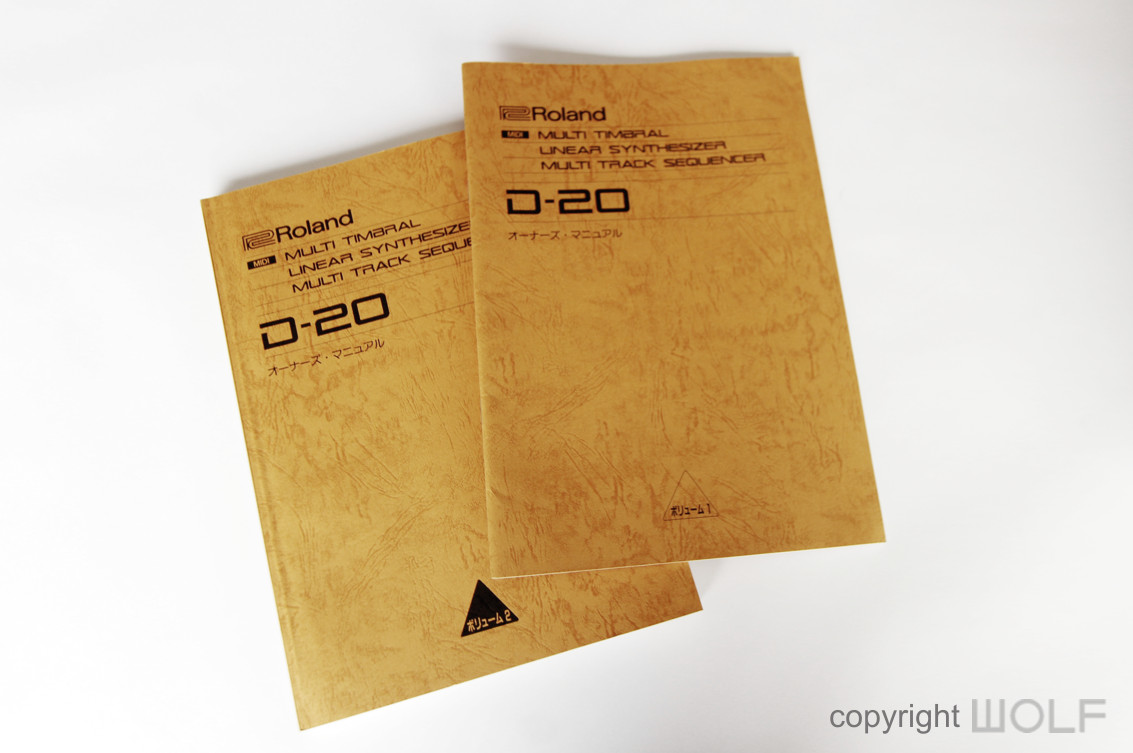
Original manuals in Japanese.
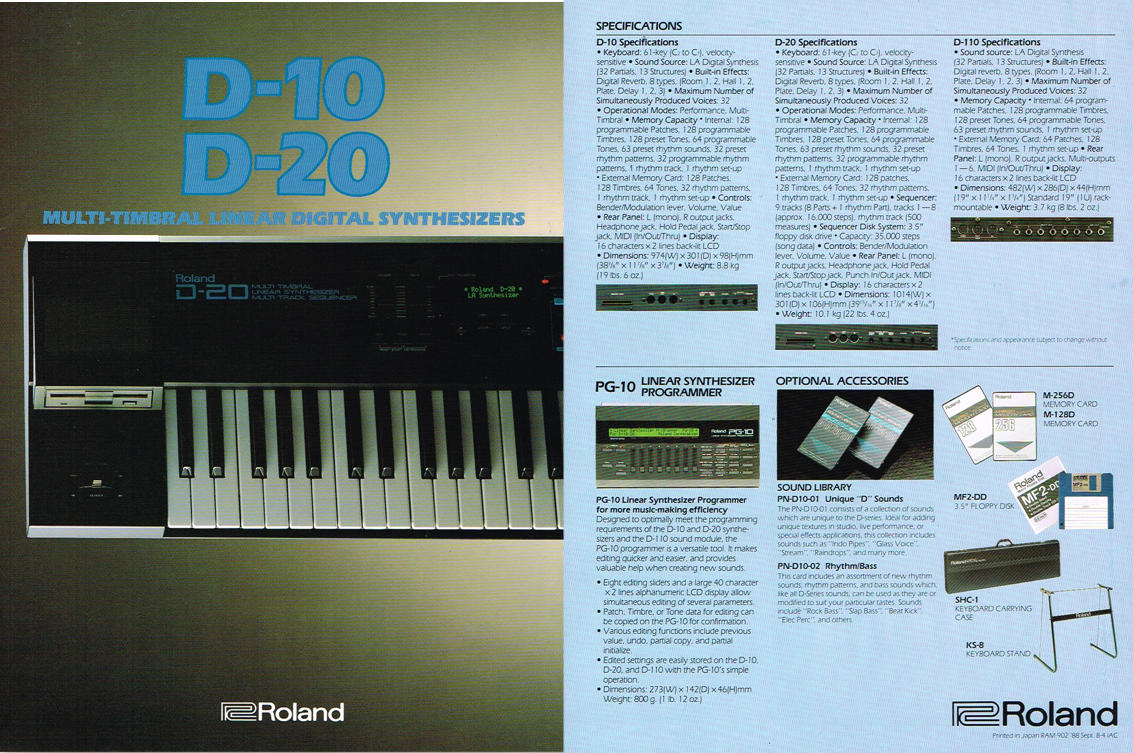
Original Sales brochure.

The Japanese sales brochure had a larger A3 sized format.
WOLF DESIGN EXCELLENCE SCORE = 6.1
Disclaimer
The information in this review is intended for informational or educational purposes to provide readers an understanding of how something may be seen from a certain design perspective. In this case it is from the view point of WOLF DESIGNS. As design is subjective this review should only be considered as an independent opinion. Information further to being of an opinion is provided to the best of our knowledge based on our own research at the time of doing the review. We cannot be held responsible for any inaccuracies or inconsistencies and reserve the right to change or update any content as appropriate.
The final responsibility of the design resides with the original manufacturer.
